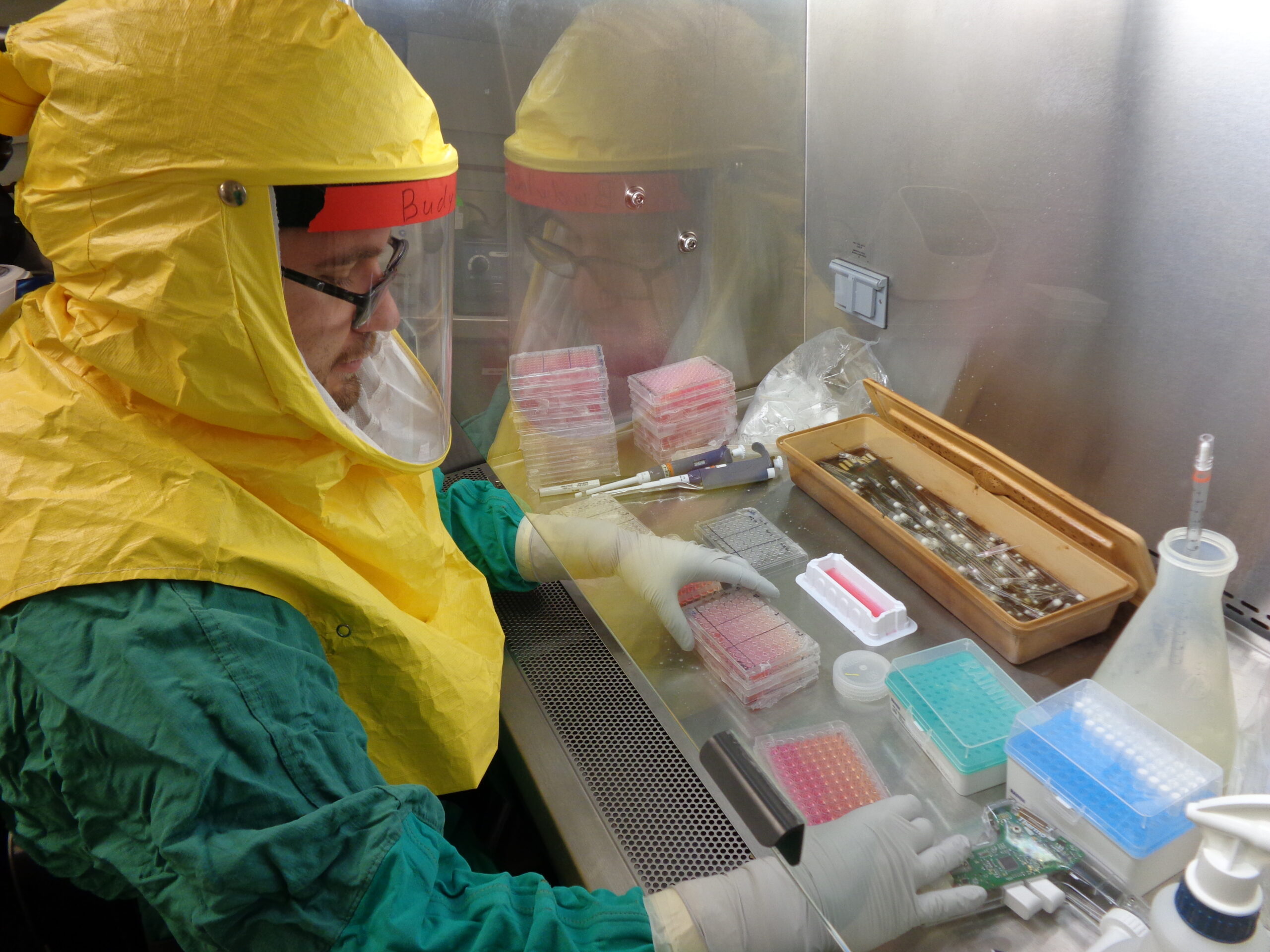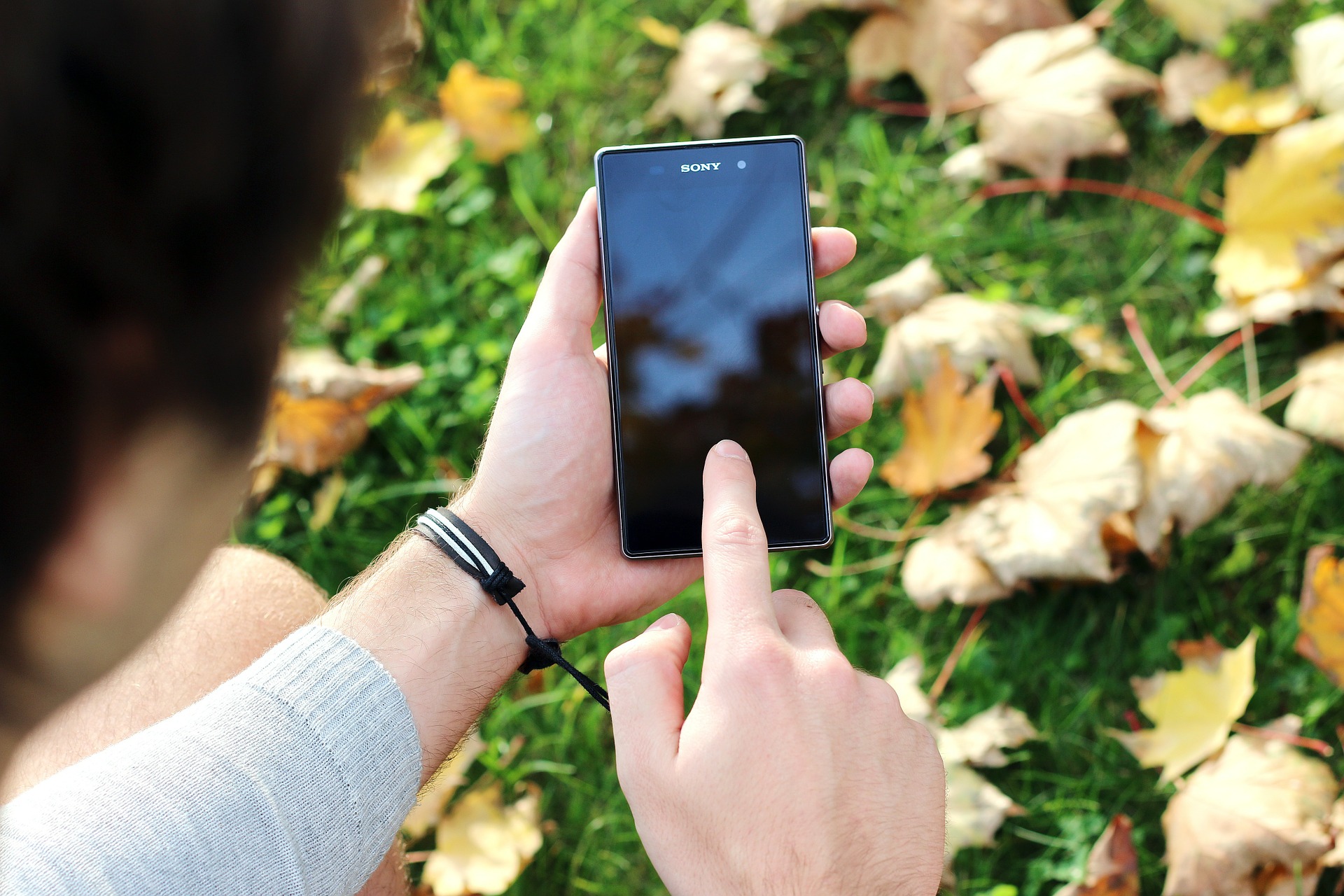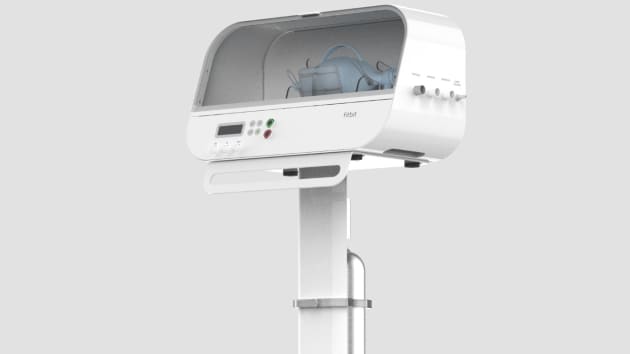As part of efforts to find solutions for the current coronavirus pandemic, Fitbit has released data from a collaborative study it has undertaken with researchers at Stanford University and The Scripps Research Institute on the use of wearable health trackers for the detection of COVID-19.
The wearable device giant partnered with Scripps Research and Stanford Medicine to study the role of wearables to detect, track and contain infectious diseases like COVID-19 before the onset of symptoms. The collaboration was announced by Fitbit in April and the company has now announced preliminary results from the study after 90 days.
The symptom tracking program could be valuable in alerting people to seek COVID-19 testing earlier, and to isolate themselves sooner to avoid spreading the virus.
Data from the study so far shows that Fitbit’s devices were able to detect almost 50 percent of COVID-19 cases with 70 percent specificity, at least one day before participants reported any symptoms associated with the infection, such as fever, cough or muscle aches.
The results have come from approximately 1,100 Fitbit users who tested positive for the coronavirus. By tracking subtle changes in a person’s heart rate, breathing, physical activity and quality of sleep, Fitbit is working to develop an algorithm that can identify potential cases before symptoms become apparent.
The study has enrolled over 100,000 participants across the US and Canada so far. Preliminary results from the research have been made available in a preprint manuscript on MedRxiv that has yet to be peer-reviewed.
Related: Fitbit To Produce Ventilators For COVID-19
To develop the predictive algorithm, researchers at Scripps and Stanford have been collecting data such as heart rate, skin temperature and blood oxygen saturation, among other health indicators.
According to the preprint paper, the researchers trained artificial intelligence algorithms to predict if a person was sick on any given day. They did this by comparing respiration logs and changes in heart rate to the previous four days.
Although the algorithm is still under development, it has been shown to work with 70 percent specificity, or a 30 percent false positive rate.
“As researchers, we are always working to find a balance between sensitivity (alerting people who may be sick) and specificity (the ability to identify people who are healthy), as there are trade-offs to both,” commented Conor Heneghan, director of Fitbit’s algorithm research, in a company blog post outlining the preliminary results. “We will continue to work with the clinical and public health communities to evaluate different models for developing this technology to ensure the optimal balance.”
The study found that breathing rate, resting heart rate and heart rate variability (HRV) were useful metrics for indicating onset of illness and are best tracked at night, when the body is at rest, according to the research findings.
In some cases, changes in these indicators could be observed up to one week before people reported any symptoms.
Symptoms and Predictors
Fitbit’s trackers showed that as symptoms begin, there are noticeable increases in a person’s heart rate and breathing.
Specifically, the data shows that both resting heart and breathing rates become elevated, with increases in resting heart rate beginning at least five to seven days after symptoms start. Breathing rate appears to peak on the second day of symptoms, with a slight elevation maintained up to three weeks after symptoms present.
HRV, which is the variability between each heartbeat, was seen to decrease in individuals that exhibited symptoms of the virus. On average, HRV fell to its lowest point the day after symptoms were reported.
With respect to common symptoms and severity of disease, the study found that being older, male or having a high BMI increases the likelihood of severe outcomes.
Fatigue was the most common symptom, being reported by 72 percent of individuals that tested positive for COVID-19. This was followed by headache (65 percent), body ache (63 percent), decrease in taste and smell (60 percent) and cough (59 percent). Interestingly, fever was present in only 55 percent of people with COVID-19, suggesting that temperature screening alone may not be sufficient to identify those that may be infected, stated the report by Fitbit.
The research findings show that shortness of breath and vomiting were symptoms most likely to predict hospitalization, while sore throat and stomachache were least likely to predict this outcome.
Overall, the study found that 11 percent of people who tested positive for COVID-19 exhibited no symptoms, about eight percent required hospital treatment and less than 0.5 percent needed a ventilator.
The study also reported that the median duration of mild cases was eight days, moderate cases (those who recovered at home with some assistance from others) about 15 days, while for severe cases (patients that required hospitalization), recovery time was up to 24 days, with a large spread where some cases lasted more than two months.
The COVID-19 wearables study was launched by the Stanford Healthcare Innovation lab, led by Michael Snyder, PhD, chair of the Department of Genetics and director of the Center for Genomics and Personalized Medicine at the Stanford University School of Medicine.
“COVID-19 has presented a daunting challenge to medical researchers around the globe,” said Snyder in a press statement back in April. “Through this consortium, we’ll coordinate efforts to improve our understanding of how technology can serve to benefit human health, and continue the pioneering work we’ve led for the past decade exploring the promise of personalized medicine to predict and prevent disease.”
Heneghan commented in the blog post that, “It’s clear that our bodies start to signal impacts from the disease before more noticeable symptoms appear. With these initial signals identified, we’ll continue our work in developing an algorithm to detect diseases like COVID-19 and focus on expanded research in a real-world environment.”
Health wearables could significantly help in the effective and early detection of infectious diseases like COVID-19. In fact, a study published early this year in The Lancet Digital Health reported the utility of common Fitbit trackers in predicting the spread of the flu, which were found to be more effective than current infectious disease surveillance methods











Join or login to leave a comment
JOIN LOGIN